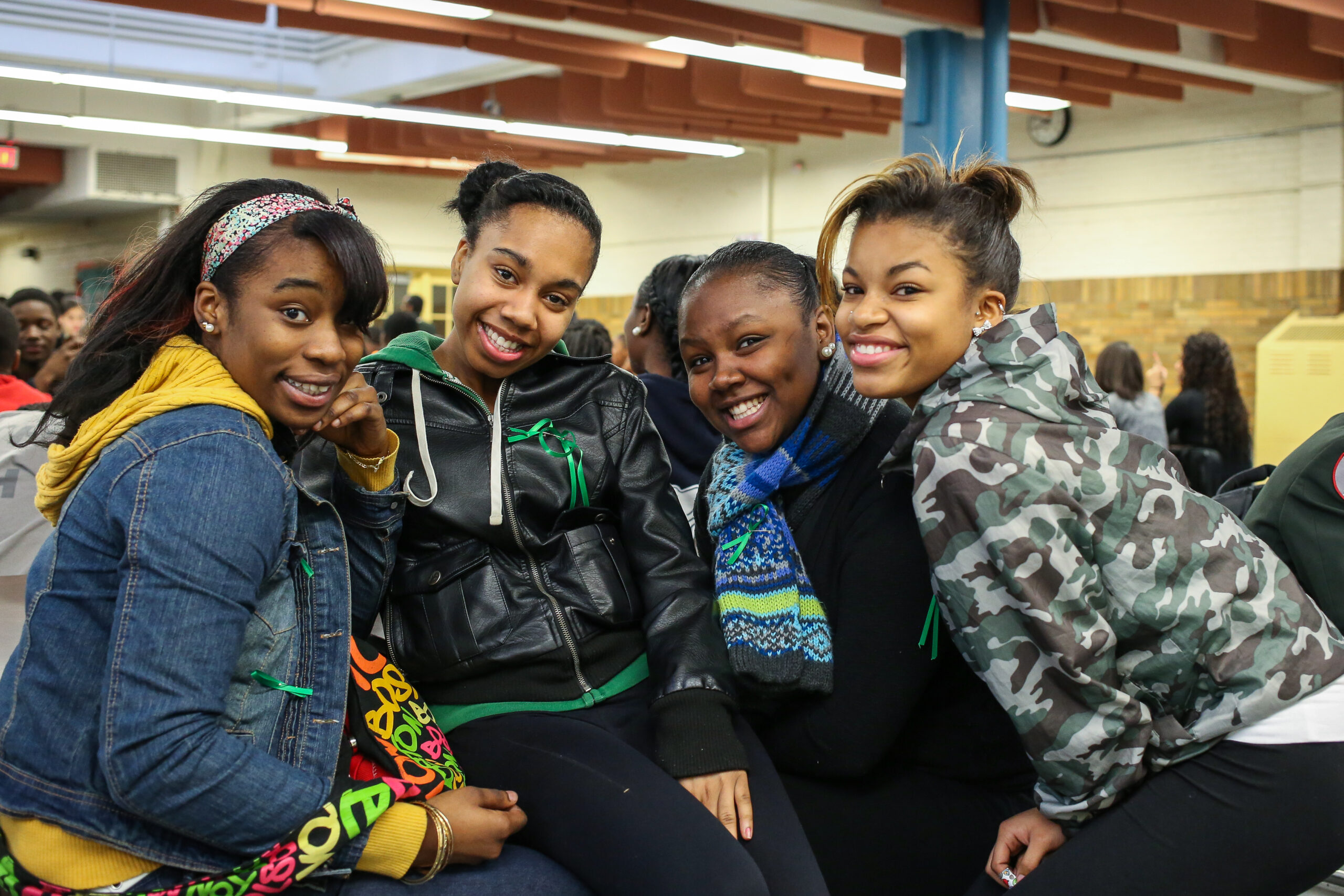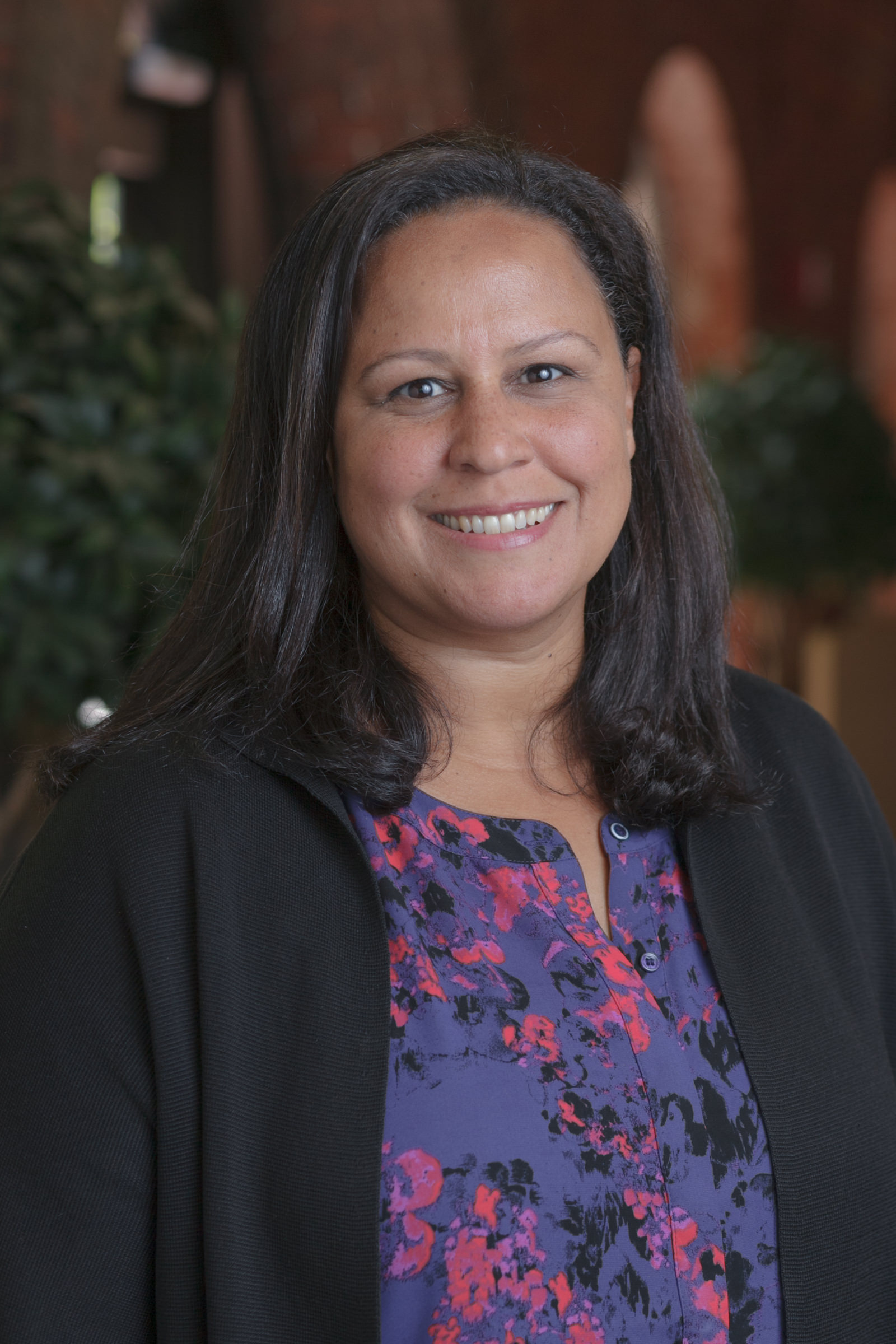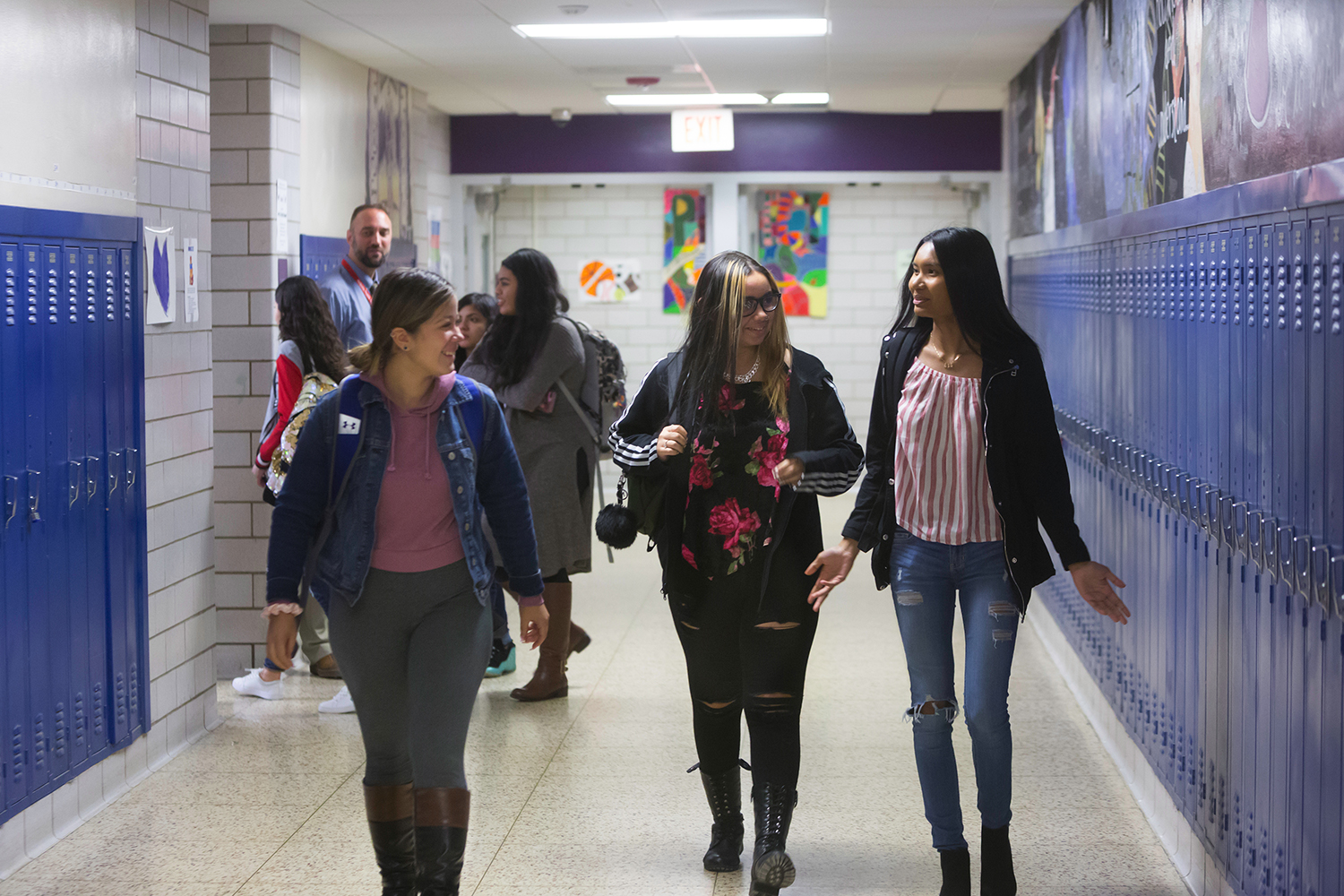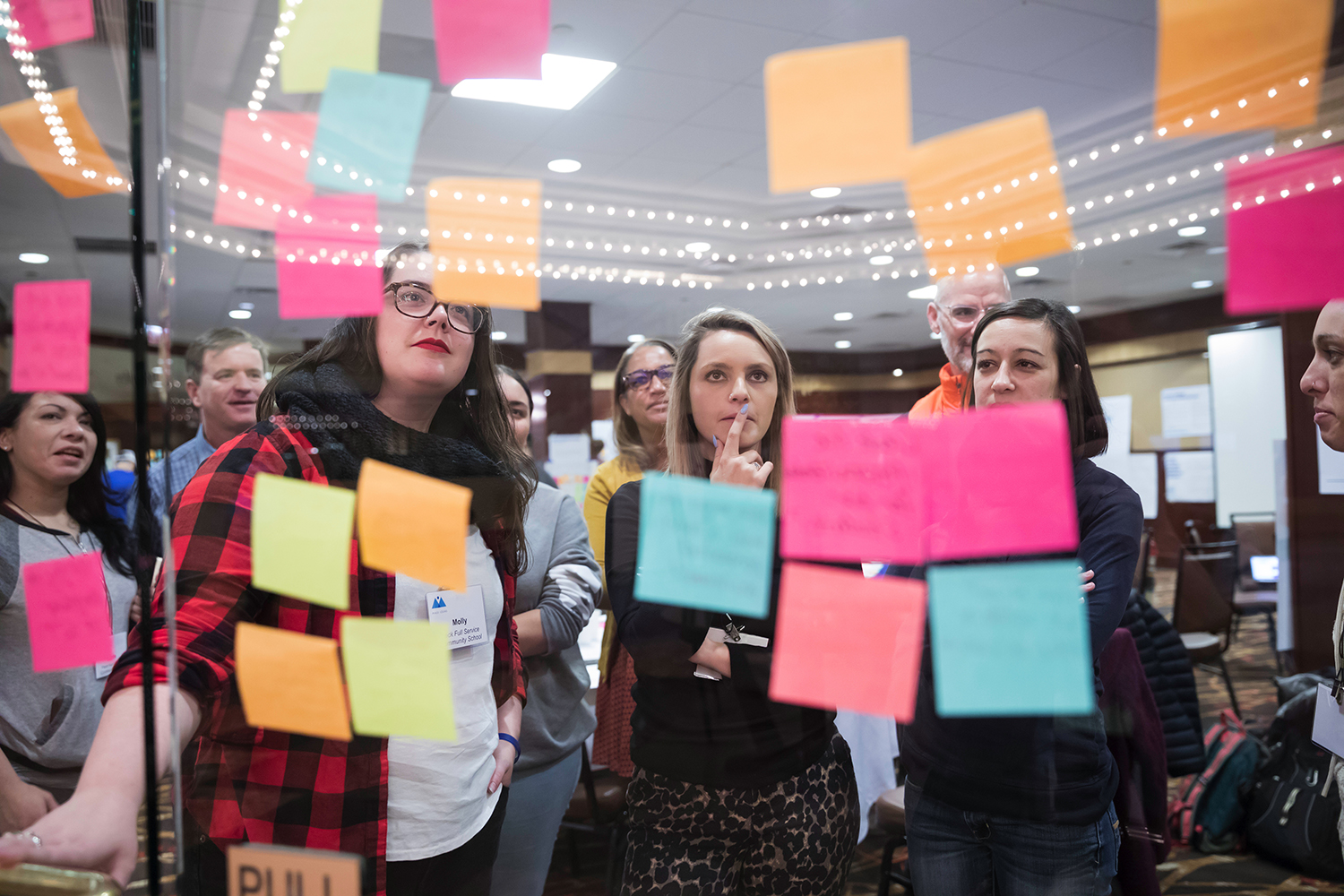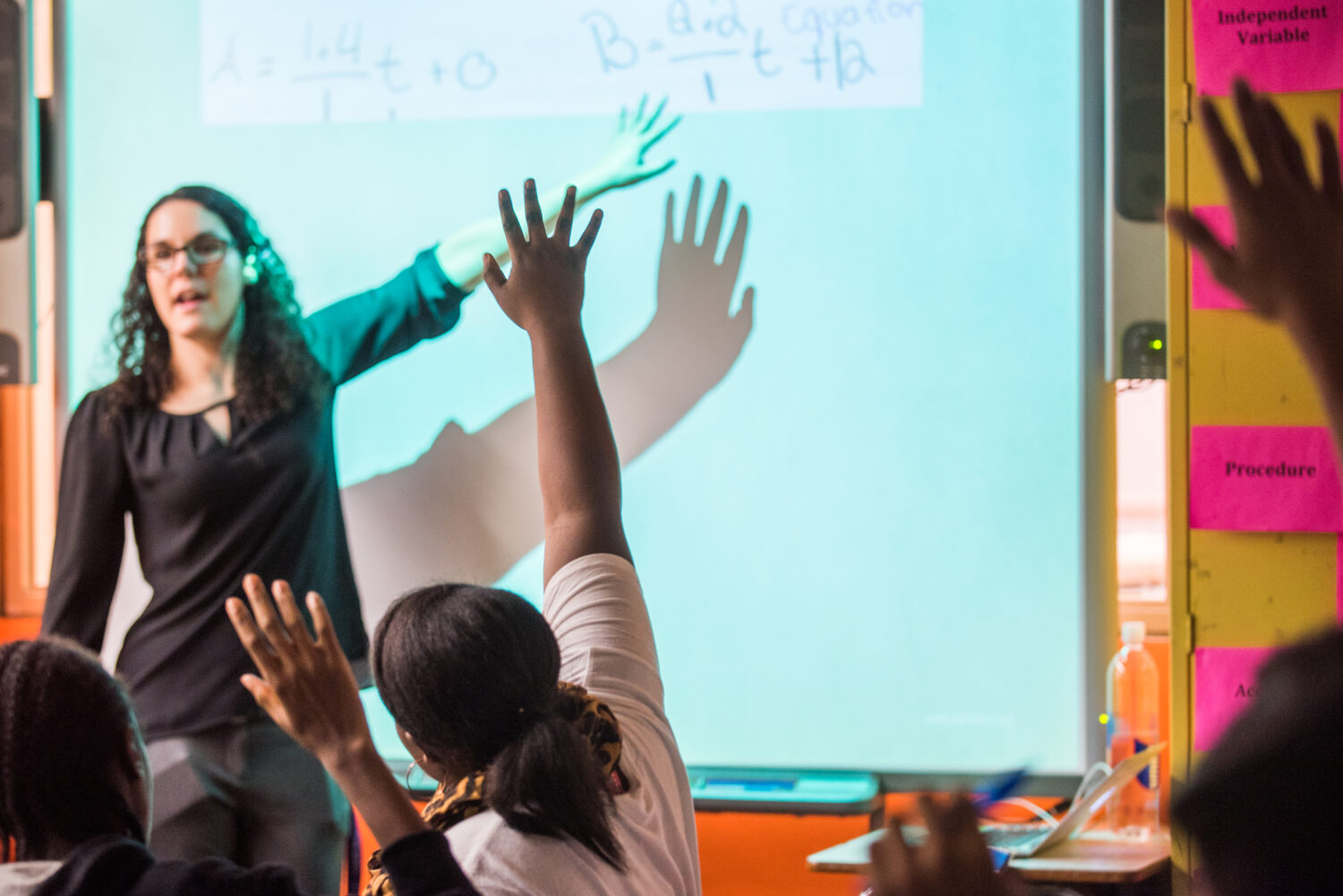As we near the end of 2015, Barr’s Education team has been reflecting on a busy and exciting year of new beginnings and planning for the future. Anchored in the Foundation’s new mission and core values outlined by our trustees, we were charged with defining an education portfolio that is bold, is ambitious, and advances impact across New England. Even as this work is ongoing, we are excited to share an update on our planning efforts to date, which have combined looking inward at Barr’s history with an external assessment of the local and national context in the education landscape.
We began by reflecting on accomplishments and learning from more than a decade and a half of education grantmaking in Boston—spanning diverse efforts in early education, K–12, and out-of-school time. Considering the range of those efforts, we entered our strategic planning process with a strong hypothesis that a growing national focus on preparing all students for college and career success could present compelling opportunities for Barr and the broader region. As national energy coalesces around an expanded vision of student success—especially for low-income and minority populations, which have long been a focus of Barr’s work—there is a growing call for stronger bridges between secondary school, higher education, and career/workforce options. Evaluating our local context within this broader national trend is central to our ongoing planning efforts. Accordingly, our work has been grounded in the development of an independent and data-driven fact base, intended to identify potential opportunities in Massachusetts and the broader New England region.
Despite rising graduation rates, success in and following high school still lags
Educational progress is often a story of some—but not all—students reaching new levels of achievement or success. Such is the current state of education in this country as it relates to high school completion and student connections to success.
The 2013 national high school graduation rate of 81% is an all-time high, and a 27% decline in the number of high school “non-completers” from one million to 744,000 between 2008 and 2013 is significant progress. Still, far too many of our high school students fail to succeed either in or following high school. The jobless rate for recent high school dropouts is 30%. After holding steady for a decade, enrollment in two- and four-year colleges dropped from 70% to 66% between 2009 and 2013. And for those who do enroll, diverse research cites overwhelming numbers of students requiring remedial classes, signaling a misalignment between high school graduation requirements and college preparatory needs: of the 1.8 million high school students who took the ACT in 2014, only 26% met college readiness benchmarks in all four subjects.
Inadequate preparation for college impedes student progress and success, as do weak links between secondary school, higher education, and meaningful career/workforce opportunities. The economic impact of students not connecting to success is significant, with conservative estimates of post-secondary remediation costs in the $1.5–$2 billion range. The Boston-based Rennie Center for Education Research & Policy estimates that the “1.2 million dropouts who should have graduated with the Class of 2007 will cost the nation nearly $329 billion in lost revenue over the course of their lives.”
The groundswell exists for a national movement to rethink secondary education
Significant efforts to redefine a vision of successful secondary education have started to yield a growing evidence base of success, both in new school designs and strong connections to college and career. Last month, the Obama Administration hosted the first-ever White House Summit on Next Generation High Schools, acknowledging significant progress across secondary outcomes and calling for more “schools that incorporate…more personalized and active learning, access to real-world and hands-on learning such as ‘making’ experiences, [and] deeper ties to post-secondary institutions.” Importantly, the commitments celebrated at the Summit reflect diverse national efforts led by employers, school developers, foundations, districts, and charter operators.
Other national efforts include bipartisan work on the Every Student Succeeds Act (ESSA), which calls for greater alignment of college- and career-ready expectations with state standards. ESSA allows for pilots of innovative assessment models, including competency- or performance-based assessments that will help advance a broader definition of 21st-century student success. Our neighbors in New Hampshire are currently piloting a system of performance-based assessments in targeted districts, with an eye toward more comprehensive statewide efforts.
Diverse partners are already engaged in the work of creating new secondary designs and connections to success. For example, the Opportunity By Design initiative focuses on the design and implementation of innovative new high school models. California’s Linked Learning effort—initially seeded by philanthropic funding—is scaling its transformative model of rigorous college preparatory academic and integrated workforce experiences to reach more than 310,000 California students by 2020 (comparable to the approximately 300,000 students currently enrolled in Massachusetts high schools).
Advancing Barr’s impact will be informed by national momentum but rooted in a local fact base
The traditional model of secondary education in the United States has remained largely unchanged for decades. Recent efforts from across the country provide an emerging practice base, a compelling rationale, and growing national momentum to shine a brighter light on efforts to connect more students to success in both high school and beyond.
To understand how needs and opportunities across the Commonwealth align to these broader trends takes rigorous analysis of quantitative data and qualitative perspectives—work that Barr’s Education team has been immersed in over recent months. We look forward to sharing findings of this work—and how it informs Barr’s new education strategy—in early 2016.
In his blog post last week, Jim Canales wrote about Barr’s “willingness to take smart risks on the ideas and partners with potential to reach ambitious goals.” We have taken this to heart in our planning process as we identify opportunities for bold, meaningful, and measurable impact in New England. At the same time, reflection on important work of the past and present is equally important. A decade and a half of constructive partnerships have yielded significant results and served diverse needs across our city. As we prepare to advance a new education strategy in 2016, we are equally excited to share the achievements and lessons from this substantial body of work. We believe the work of connecting all students to success will depend on both.
